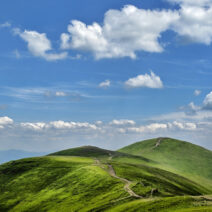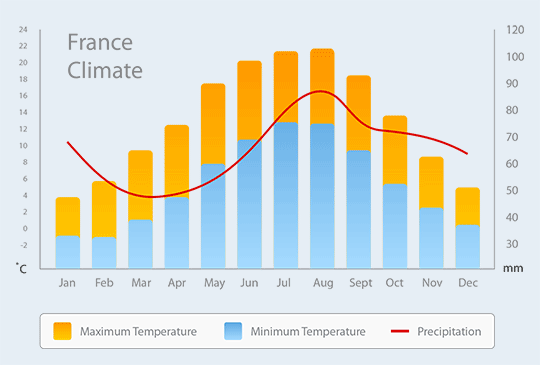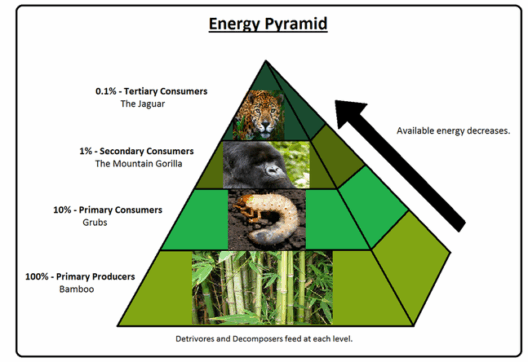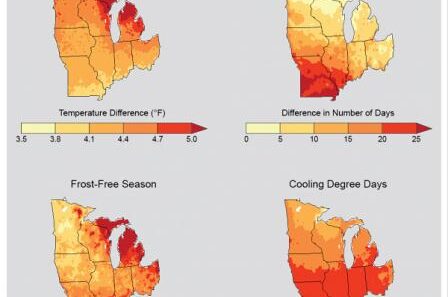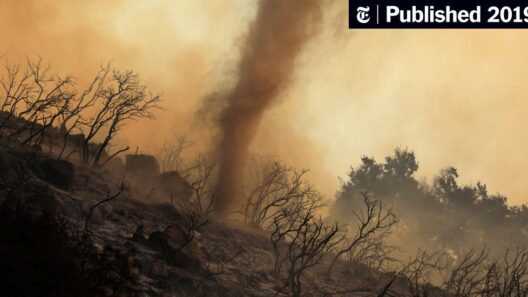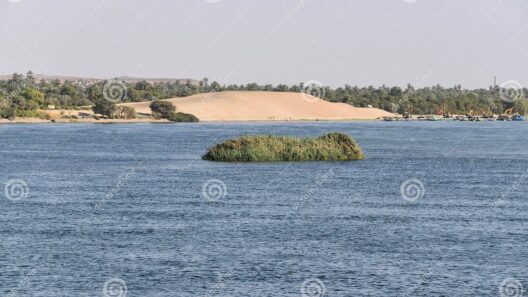France’s climate is a fascinating tapestry woven from diverse geographical elements, cultural narratives, and climatic phenomena. From the balmy croissants of the Côte d’Azur to the lush vineyards of Bordeaux, the variety of weather conditions across the nation evokes intrigue and curiosity. Understanding France’s climate not only offers insight into its ecology but also enriches one’s appreciation of its vibrant culture and distinct lifestyle.
The climate in France is predominantly temperate, characterized by four distinct seasons. However, this generalization belies the complex microclimates that exist across different regions. The nation is broadly segmented into several climatic zones, each exhibiting unique weather patterns.
Starting with the Mediterranean climate found along the southern coast, it provides an idyllic setting for tourists and locals alike. The French Riviera, renowned for its sun-kissed beaches and glamour, experiences hot and dry summers with temperatures often soaring above 30°C (86°F). In contrast, winters are mild, bringing moderate rainfall but rarely extreme cold. The warm Mediterranean currents influence this climate, creating a fertile environment for agriculture, particularly viticulture. Here, grapes flourish under the abundant sun, leading to the production of world-famous wines.
Moving northward, the climate begins to shift dramatically. The regions surrounding Paris experience an oceanic climate, featuring relatively moderate temperatures all year round. Summers are temperate, with average highs around 25°C (77°F), while winters can be chilly, and snowfall is not uncommon. The majestic Seine, lined with historic monuments, weaves through this area, where rain is frequent but usually light, often manifesting as gentle showers that leave the landscape lush and verdant.
Farther inland, the loire Valley presents a unique blend of maritime and continental influences, resulting in warm summers and cool winters. This region is known as the ‘Garden of France’ for its abundant flora and flourishing gardens. The climate here contributes to a rich agricultural landscape, renowned for its châteaux and picturesque vineyards. The average temperature can reach 20°C (68°F) during the summer, while winter temperatures hover around freezing. This juxtaposition fosters a vibrant ecosystem that thrives under varying conditions.
The northern parts of France, particularly areas like Normandy and Brittany, experience a more temperate oceanic climate. These regions are characterized by cooler temperatures and higher levels of precipitation. The famous coastal cliffs and charming towns are often enveloped in clouds, lending a mystical aura to the landscape. The Atlantic winds bring moist, cool air, creating a dramatic natural environment with distinct ecological characteristics. Here, the waters of the English Channel are temperamental, and stormy weather is a frequent visitor.
Interestingly, the climate in France is becoming increasingly susceptible to the impacts of climate change. Rising temperatures, shifting precipitation patterns, and more frequent extreme weather events are altering the traditional climatic fabric of the country. Reports indicate that summers are heating up, with heatwaves becoming more common, particularly in urban areas like Paris. The historic cobblestone streets and stunning architecture may become unbearable under the relentless sun, pushing inhabitants to adapt their lifestyles to cope with these fluctuations.
One of the most concerning implications of climate change in France is its effect on agriculture. The wines of Bordeaux and Burgundy, celebrated globally, face the risk of yield reductions due to erratic weather. As regions experience warmer temperatures, vineyard management techniques must evolve to grapple with the changing environment. This unforeseen challenge is prompting vintners to explore innovative practices such as earlier harvesting or even altering grape varieties to better withstand the heat.
Meanwhile, coastal tourism along the Mediterranean faces threats from rising sea levels and coastal erosion. The picturesque beaches and vibrant towns that draw millions of visitors each year must adapt to environmental changes that could reshape their very foundations. Sustainable development is increasingly becoming a priority for local governments, with initiatives to mitigate climate impacts and preserve the stunning coastlines for future generations.
The interplay of culture and climate is an inherent aspect of France’s national identity. The French embrace their climate, showcasing it through diverse culinary traditions, arts, and lifestyles. Seasonal produce dictates menus, from hearty stews in winter to vibrant salads enchanted with flavors of fresh herbs in summer. Festivals celebrate the changing seasons, fostering community connections and admiration for the natural world.
Experience the allure of France’s multifaceted climate, and it becomes evident that it is not merely weather but an integral part of life itself. Each region, with its own nuances, offers residents and visitors alike myriad experiences tied deeply to the climatic conditions. French culture, often romanticized and idealized, is rooted firmly in the natural world that envelops it.
In conclusion, exploring the climate in France reveals a profound relationship between the land and its people. The dramatic contrasts between the sun-drenched Riviera and the showery Parisian ambiance intrigue and draw us into a deeper understanding of the nation’s character. However, amidst this beauty lies the urgent call to address the changes wrought by climate change, a shared responsibility that transcends borders. Awareness and action can pave the way for a sustainable future, preserving the essence of France for generations to come.

